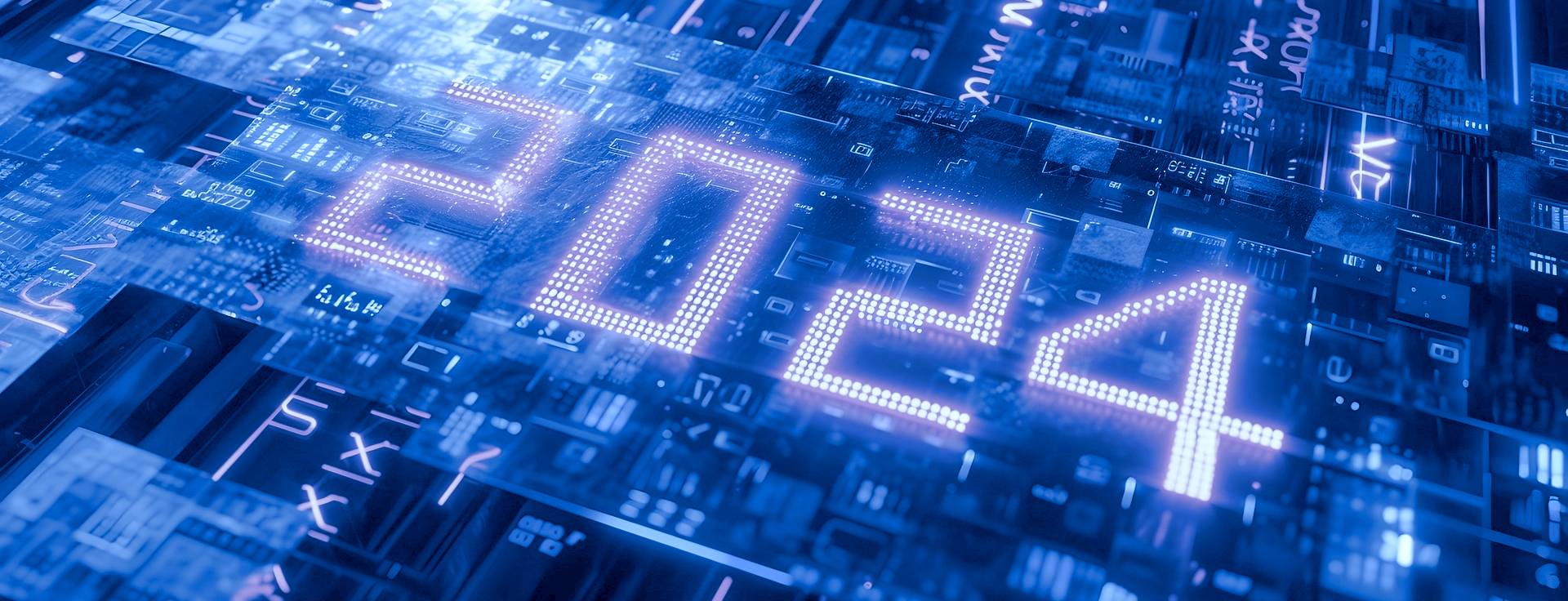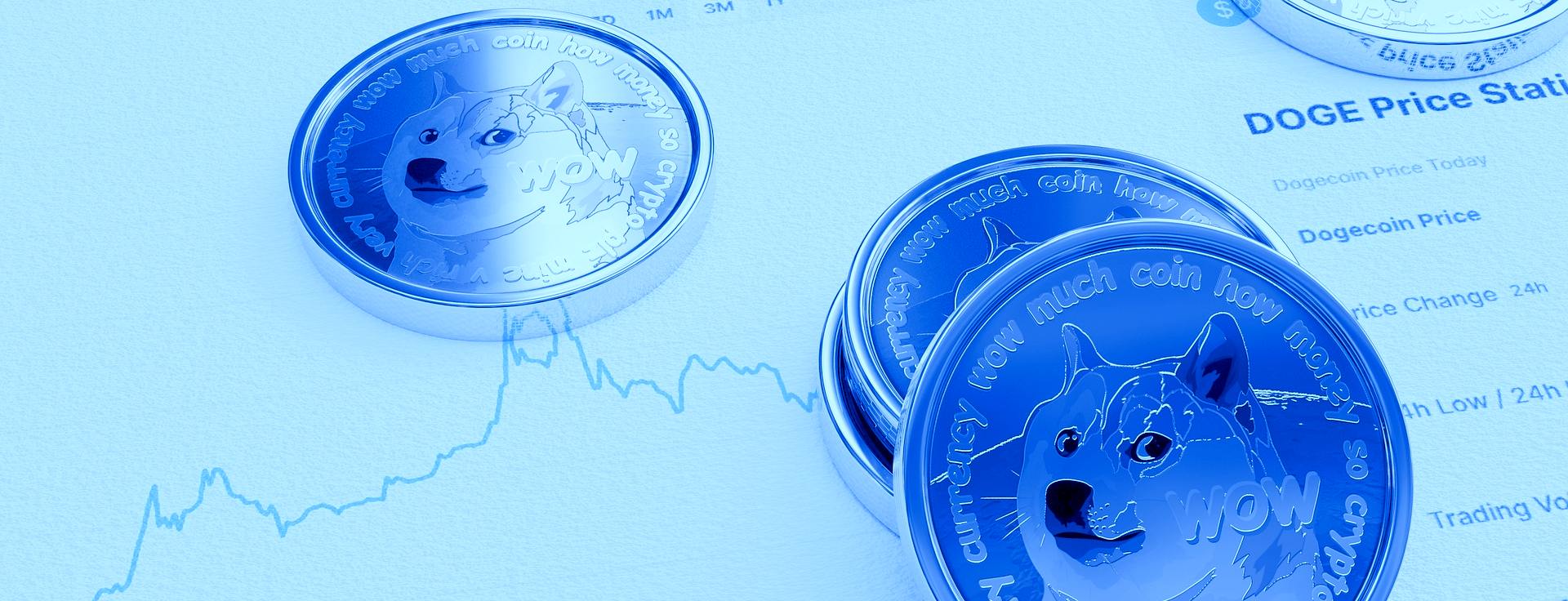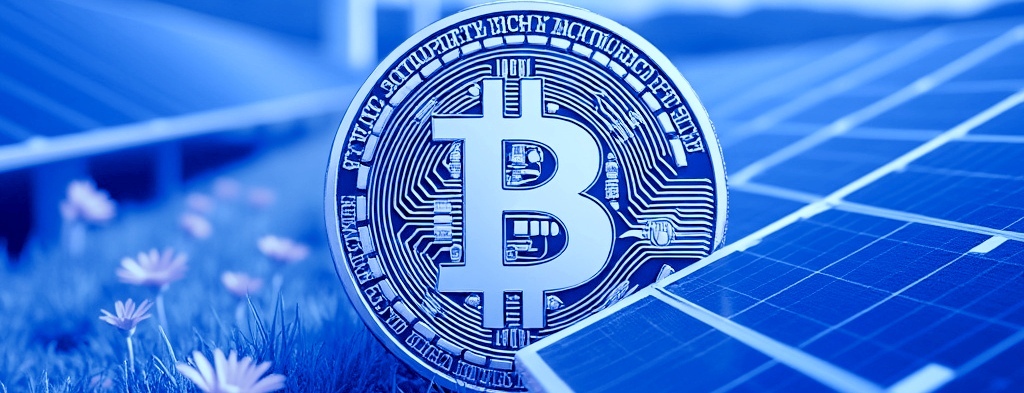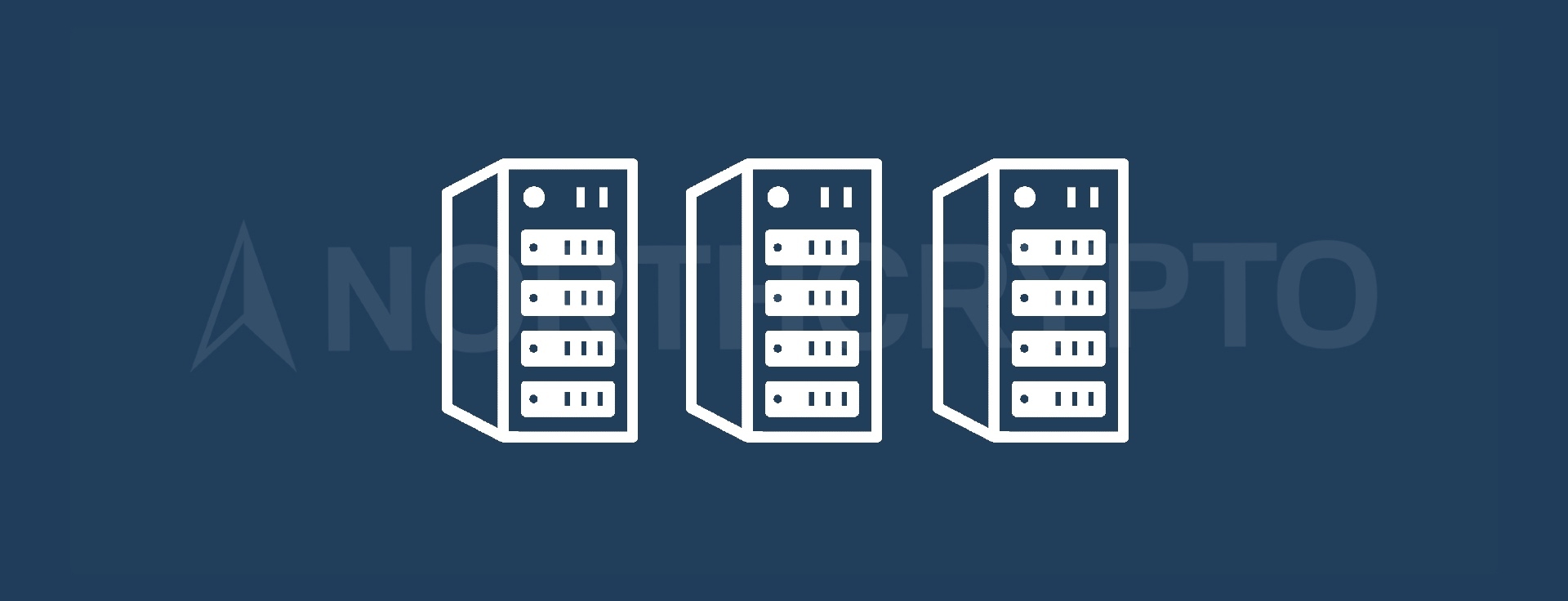
Is money energy? What kind of money works well for storing and transferring energy? And what does the claim that Bitcoin is digital energy mean? This blog text seeks answers to these questions, among others.
Money – energy
There are many different ways to get money, but probably the most common way for people to get money is to work. Work, on the other hand, can be seen as requiring a person to use their energy and time. As a simple example, let's go through a farmer who grows potatoes:
The farmer uses energy and practically also burns calories to plant, tend and harvest potatoes. After harvesting, the energy and time spent by the farmer can be seen to have created potatoes. Thus, the energy spent on the cultivation of potatoes is basically preserved in potatoes after harvesting. However, potatoes are not a very good way to preserve and transfer energy. Potatoes spoil no later than after some months, they are heavy, and are not generally the most desirable or tradable things. Therefore, it makes sense for the farmer to sell the surplus potatoes, which in practice means exchanging them for money. Thus, when potatoes are exchanged for money, the energy originally used by the farmer for cultivation is basically transferred from potatoes to money.
So what is money? Money is most commonly defined as a medium of exchange, a store of value, and a unit of account. However, money can also be seen as a way of storing and transferring energy, as the example we reviewed above shows. Thus, when the energy spent on work has basically passed into the form of money, this energy can be available in different places and throughout time. However, this is not so simple, since different forms of money have their own weaknesses. The main problems of potatoes when storing and transporting the farmer's energy included perishability and the challenges associated with transportation. These same issues can also be linked to the main challenges of traditional fiat currencies, such as the euro and the dollar.
In December 2022, the annual inflation for Finland and the euro area was approximately nine percent. An annual inflation rate of nine percent means that, in principle, the amount of energy preserved in the form of the euro decreases by about nine percent per year, and thus the amount of preserved energy is basically halved approximately every eight years. Although most fiat currencies do not "spoil" as quickly as potatoes, their "spoilage" due to inflation is relatively fast.
There are also challenges when it comes to transferring fiat currencies. The transfer of euros is limited, for example, by weekends and certain holidays and times, unless you use cash that is leaving at a fairly rapid pace. In addition to this, it takes 1-2 days for the final settlements of bank transfers and card payments to take place even on weekdays. Small, so-called micropayments, as well as larger payments, can also be very problematic in fiat currencies. The fourth problem associated with fiat currency transfers is the relatively high costs, as the cost of credit card systems, for example, is on average 2-4% for merchants. In summary, fiat currency transfers can be seen to be surprisingly problematic in today's highly digitalized world.
So, is there money that people can use to better store and transfer the energy spent on the work they do?
Bitcoin – the superior form of money
Fidelity Digital Assets, a subsidiary of US asset manager Fidelity Investments, published Bitcoin First bitcoin-study at the start of 2022. One of the conclusions of the study is that bitcoin is a superior form of money. Among other things, the study compared bitcoin, gold, and traditional fiat currencies as monetary good using seven different attributes. The result was that bitcoin is seen as the best monetary good of the three. Bitcoin combines the scarcity and durability (purchasing power) of gold and even improves the ease of using, transferring, and storing fiat currencies.
As has already been said, the annual inflation rate of the euro is currently around nine percent. The inflation of bitcoin is also nine percent, but in this case, it's not annual inflation, it's bitcoin inflation in total over the next 117 years. The difference between Bitcoin and fiat currencies in this regard can be explained, for example, as follows:
- Bitcoin: 1 / 21,000,000
- Fiat currency: 1 / ∞
So, one bitcoin is always the same part of the maximum number of bitcoins, that is, 21 million bitcoins. For fiat currencies, there is no limit to the maximum amount (∞), and the monetary policy of central banks in recent years has shown that central banks can increase the amount of currency by dozens of percent in a short period of time. For example, the M1 money supply of euro (currency in circulation plus overnight deposits) increased by almost 30% between 1/2020 and 10/2022, i.e., in less than three years. In the last eight years, the M1 money supply of the euro has more than doubled. This means that, as time progresses, one euro is likely to be a smaller proportion of the total amount of euros.
Bitcoin transactions are also very affordable by default. For example, in February 2020, at that time, a bitcoin transaction worth about $1 billion was made, for which only a transaction fee of about half a dollar was paid, which translates to an expense of about 0.00000005%. This transaction was seen to have finally settled in about an hour. At this point, it is also worth noting that when using the Bitcoin scalability solution Lightning Network it is possible to carry out transactions practically instantly and without expenses.
Bitcoin thus makes it possible to store energy through time and transfer energy around the world with very little loss, as stated by the founder of US company MicroStrategy Michael Saylor:
"Money is energy. Bitcoin is the first crypto monetary energy network, capable of collecting all the world’s liquid energy, storing it over time without power loss, and channeling it across space with negligible impedance."
Bitcoin mining – energy into digital energy
In Bitcoin Proof of Work mining, mining rigs use energy to find a solution to a problem. The first to solve the problem is rewarded with bitcoin in the form of a block reward and transaction fees. Therefore, practically electrical energy is supplied in, and bitcoins come out. Thus, it can be thought that the energy used to mine bitcoin is converted into digital energy. Another unique feature of Bitcoin mining is that the energy source used for mining can be located practically anywhere, as long as an internet connection is available, for example via satellite. Such energy sources, such as waterfalls in the middle of the rainforest, would likely be left untapped without bitcoin.
It is possible to transfer mined bitcoins to the other side of the globe, where it is possible to exchange them, for example, for locally produced energy. When using bitcoin, the transfer is fast and the energy loss in it is very small. Globally, about 70 percent of all energy produced annually is used, as about 25 percent of the energy is "lost" during energy conversion and transmission. Therefore, Bitcoin can be seen to work from an energy perspective, in principle, as both a very efficient power line and a battery.
Bitcoin mining thus has the potential to convert energy into digital energy, which is revolutionary according to Michael Saylor:
"Bitcoin mining converts wasted & stranded energy into digital energy, the natural successor to chemical & electrical energy. It can be managed by any computer, transferred anywhere at the speed of light, and lasts forever, thereby improving our climate, economy & power grid."
Summary
Scarce, digital money, which basically anyone can acquire with electricity anytime, anywhere, is a revolutionary invention. This revolutionary invention also makes it possible to store energy through time and move energy around the world probably more efficiently than any other system in human history.
Ville Viitaharju Cryptocurrency specialist Last updated: 09.02.2023 10:22




